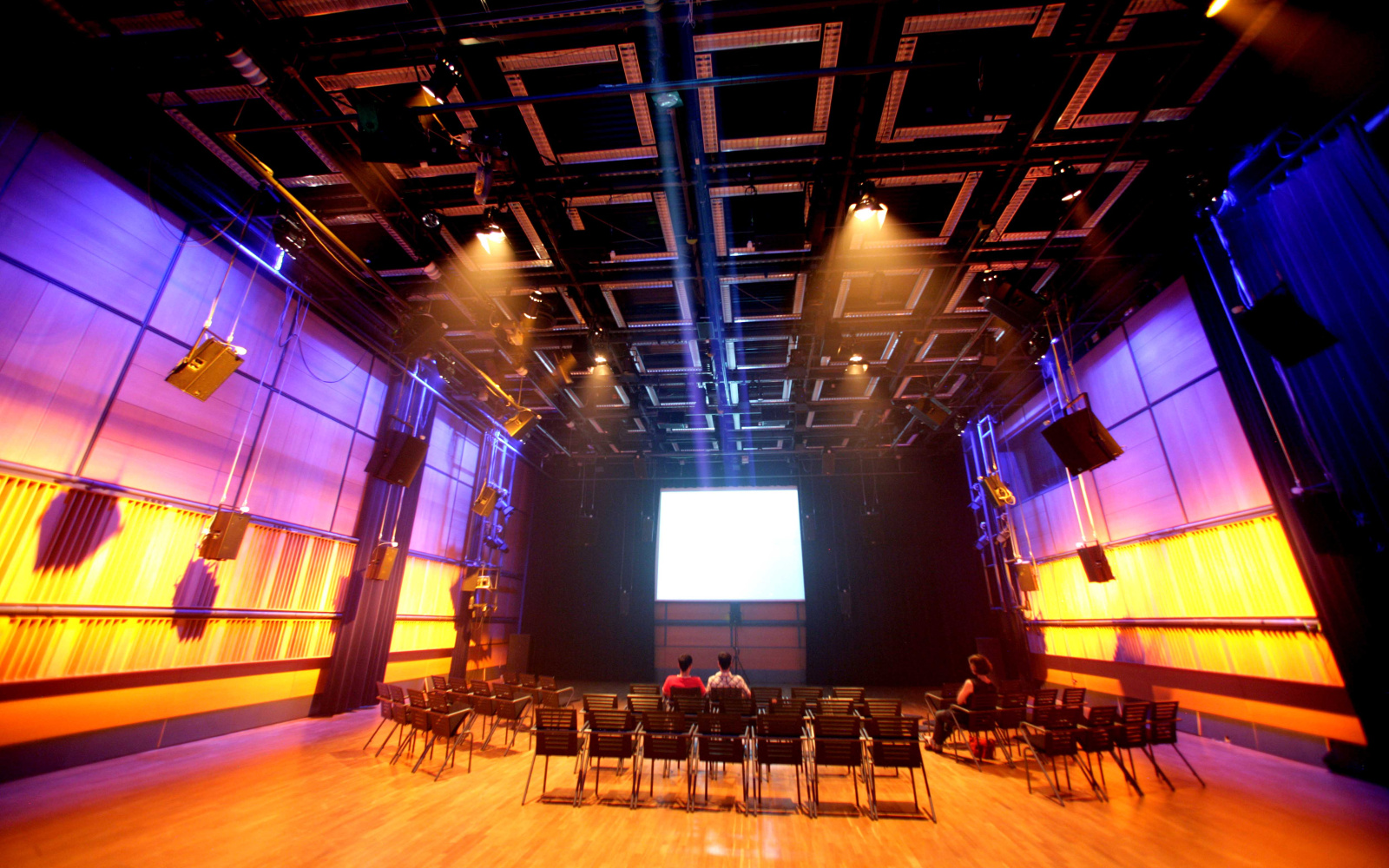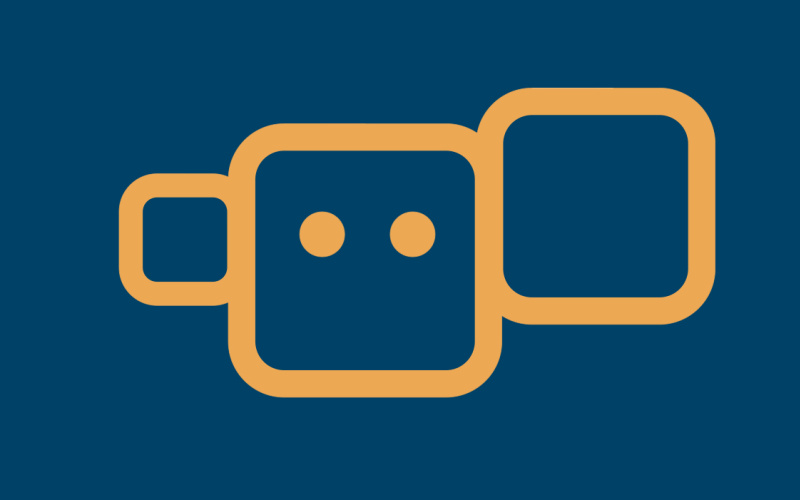- Event
Klangdom Concerts
as part of the ARD Hörspieltage 2020
Fri, November 12 – Sat, November 13, 2021
- Location
- Cube
At the Klangdom concert as part of the ARD Hörspieltage on November 7, 2020, visitors can look forward to a total of three pieces.
In the Klangdom concert of this year's ARD Hörspieltage, three very differently positioned works will be presented for the first time in their respective versions. All works are an immersive sound experience articulated by the Klangdom. Julia Rommel's work is a world premiere of the immersive version, Georg Friedrich Haas' work is a world premiere of the medially presented version over loudspeakers, and Ludger Brümmer's work »Falling« is a German premiere and world premiere of the Klangdom version.
Program
- Julia Rommel: »Zwischenraum – Akustische Kartographie« (2018–2019, UA Klangdom-Version, 11.46')
- Georg Friedrich Haas: »Einklang freier Wesen« (1994/1995, UA Klangdom-Version, 13')
- Ludger Brümmer: »Falling« (2020, UA Klangdom-Version, 27.30')
Julia Jasmin Rommel »Zwischenraum – Akustische Kartographie« (2018–2019, 11.46')
Pandemic version of an 8–channel audiovisual installation for the ZKM Klangdom. bridges and tunnels map 03:20 | flight booking map 03:36 | curves map 02:50 | oncoming traffic map 02:00
This audiovisual installation is based on several cartographic documents in which Julia Jasmin Rommel has visualized different aspects of the space in between – the mental state we are in during the routine crossing of distance between places A and B. They address, among other things, transitions, restlessness and continuity, sense of orientation and change of direction, and are each documented by experimental but context–related criteria and methods. Spatially structuring elements such as tunnel and bridge crossings, counter–trains, flight booking data, curve angles of certain railroad lines form the parameters of these movement protocols. By means of the Graphic Sequencer »IanniX« these protocols are translated into sound. In a kind of sonification it is tried to do justice to the linearity of documented paths as well as to the map as a medium of overview. Rommel's interest lies in the interface between reading signs and interpreting images, which is made possible by the transformation into sound.
Georg Friedrich Haas »Einklang freier Wesen« (1994/1995, 13')
This work consists of 10 solo works that can be played together in a variety of combinations. This has developed into a collaborative project with the consent of the composer, in which five first–class ensembles contribute two of the solo parts. The project is coordinated by Tobias Rempe, Ensemble Resonanz in Hamburg and technically realized by the Hertz Laboratory and WAF GmbH. Thanks to a grant from the Siemens Stiftung, it will be possible to make this work available to the general public and to listen to it interactively controlled on newer smartphones or computers. An immersive pre–version of the work will be presented in the Klangdom in an interpretation by Ludger Brümmer.
The following instruments and ensembles contributed: bass flute: Talea Ensemble, bass clarinet: Klangforum Wien, trumpet: MusikFabrik, trombone: Ensemble Modern, bass tuba: MusikFabrik, percussion 1: Ensemble Modern, percussion 2: Klangforum Wien, viola: Ensemble Resonanz, violoncello: Ensemble Resonanz, double bass: Talea Ensemble
Ludger Brümmer »Falling« (2020, 27.30')
The acousmatic 42–channel composition »Falling« was written for the world premiere at the Centro Cultural de Bélem in Lisbon. The Klangdom version will be heard for the first time at the ARD Hörspieltage. On the occasion of the Beethoven Year, the work deals with a very late composition by Beethoven: the »Great Fugue« (Op. 133). This string quartet provided the sound material for all sounds. The material is completely turned upside down, pressed into new energetic forms and follows an independent dramaturgical course. Nevertheless, individual phrases or chords of Beethoven's music shine through again and again. For this one does not need to know the underlying composition and can get involved in this sweeping composition, which has some surprising twists, even without this background. If, at the beginning, the material is charged with more and more energy, and time is compressed more and more, this tips over after a while and turns to the timeless. Some of Beethoven's chords, similar to the approaching and merging of two black holes, are transferred into the temporal »nothing« after the extreme density.

